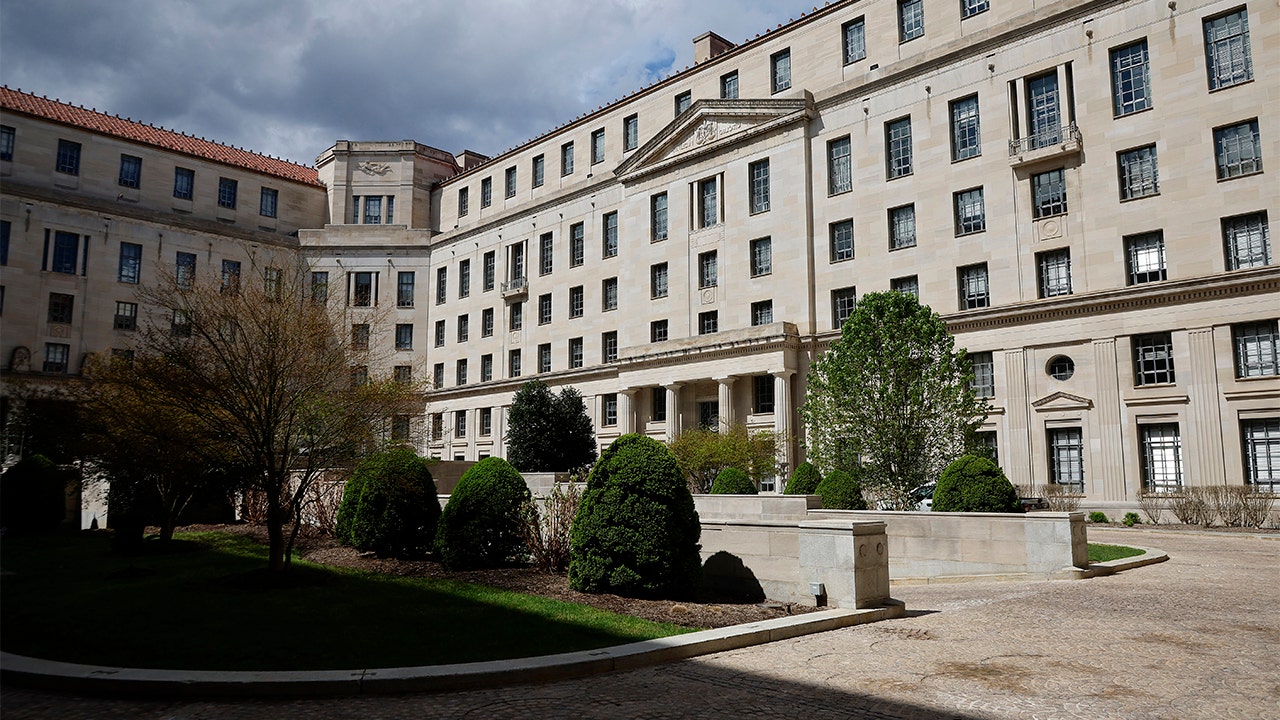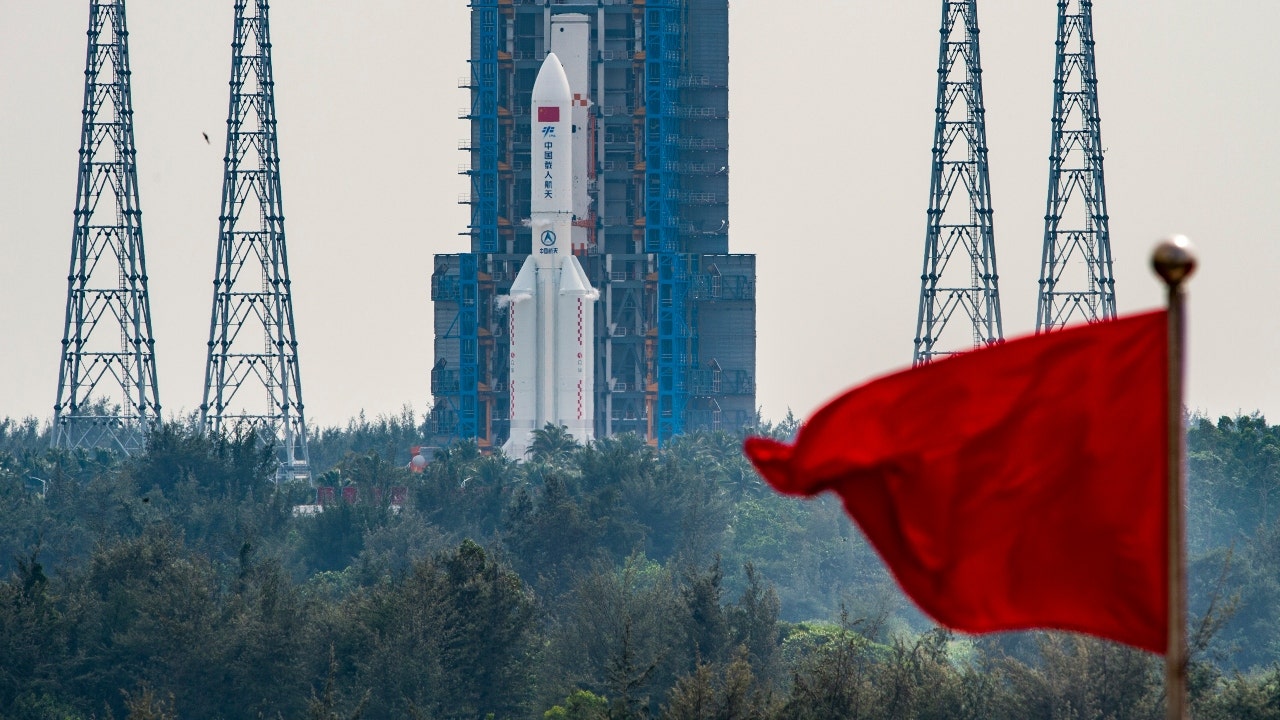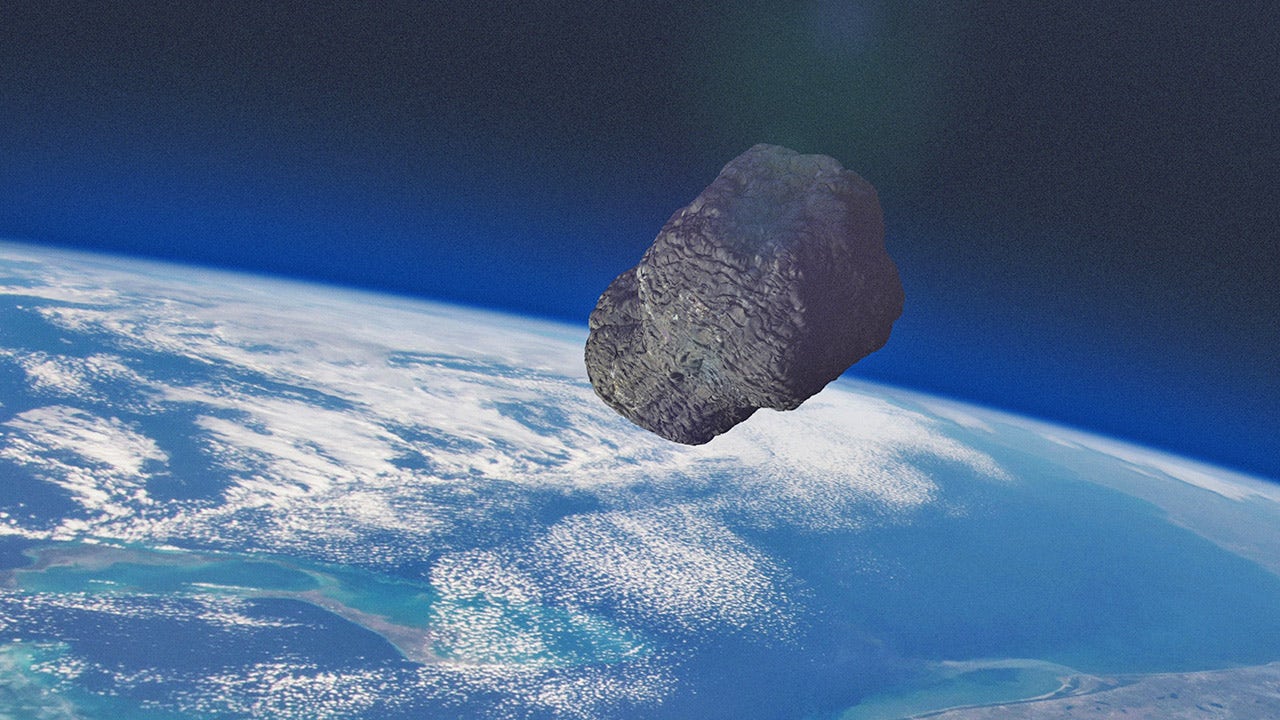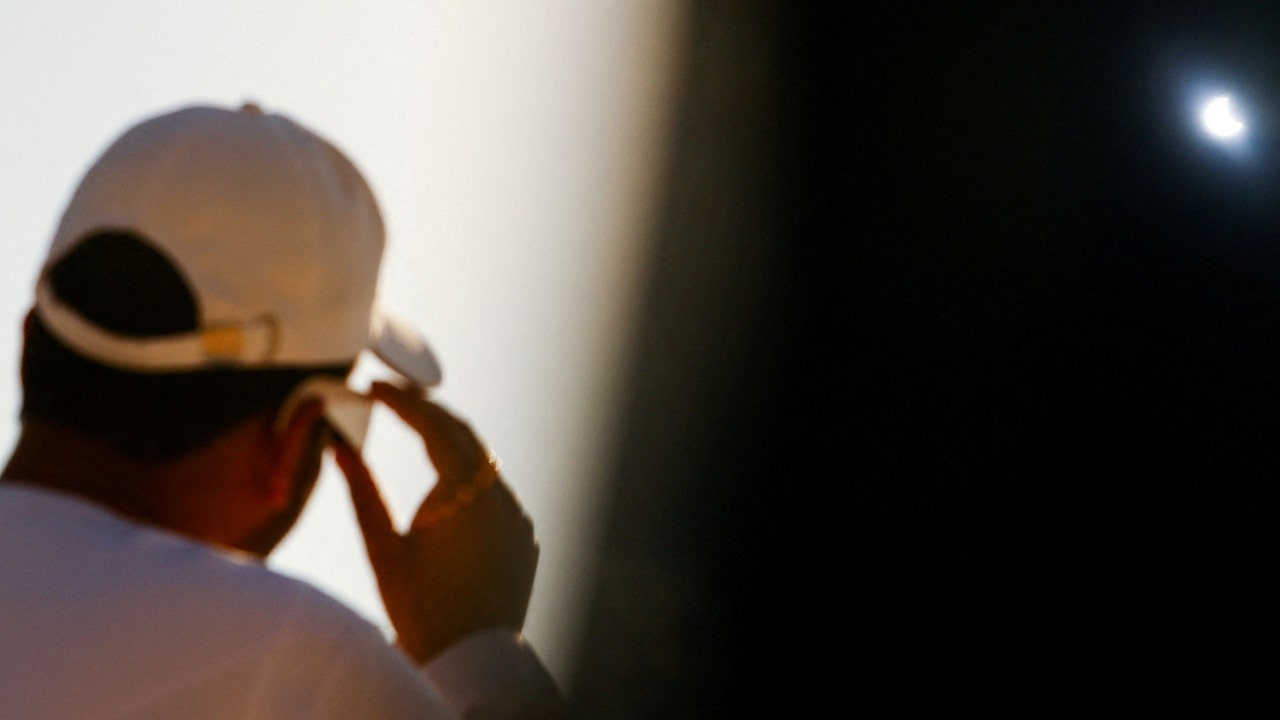air-and-space air-and-space aced its fourth experimental flight on Friday.
NASA’s Ingenuity team at the Jet Propulsion Laboratory (JPL) based in us-regions announced the victory via Twitter.
“Success! #MarsHelicopter completed its 4th flight, going farther & faster than ever before,” JPL wrote. “It also took more photos as it flew over the Martian surface. We expect those images will come down in a later data downlink, but @NASAPersevere’s Hazcam caught part of the flight.”
The success came in a second attempt — since the helicopter failed to transition to flight mode during its first try on Thursday morning.
NASA MARS HELICOPTER ‘INGENUITY’ FAILS TO TAKE FLIGHT DURING FOURTH RUN, RESCHEDULED TO FRIDAY
JPL received the data during a downlink at 1:21 p.m. ET.
Flight four sent Ingenuity 436 feet south to collect aerial imagery of a possible new landing zone, achieving new records on range, speed and duration on the 873-foot journey.
The next flight would be a one-way trip to a new landing site.
Ingenuity will conduct up to six test flights, assuming NASA continues to successfully clear potential hurdles.
In a Friday news conference, JPL engineers also announced that Ingenuity would enter a new operations demonstration phase — having already proven that powered, controlled flight is possible on the Red Planet.
INGENUITY MARS HELICOPTER CAPTURES PERSEVERANCE ROVER IN UNPRECEDENTED AERIAL SHOT
The new phase is slated to begin after the helicopter completes its sixth flight and was the result of the Perseverance Mars rover’s science team choosing a nearby section of crater bed for its first detailed explorations.
In a release, the agency said that with Ingenuity systems performing “beyond expectation,” an “opportunity arose to allow the helicopter to continue exploring its capabilities with an operations demonstration, without significantly impacting rover scheduling.”
The operations demonstration is set to begin around two weeks from the helicopter’s sixth flight. The focus will shift once more to the Mars rover and its goal of searching for traces of ancient microbial life in addition to collecting and catching samples for later return to planet-earth” target=”_blank”>Earth< demonstration phase.
“Now we have a chance to pay it forward, demonstrating for future robotic and even crewed missions the benefits of having a partner nearby that can provide a different perspective – one from the sky,” she said. “We are going to take this opportunity and run with it – and fly with it.”
Flight operations will be completed no later than the end of August.









